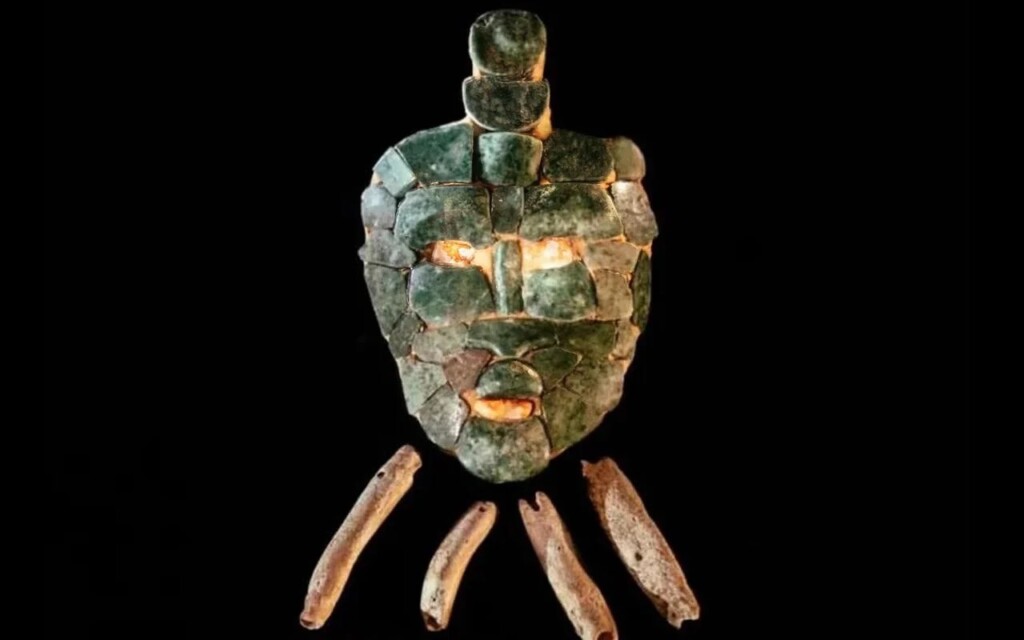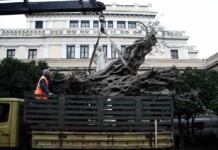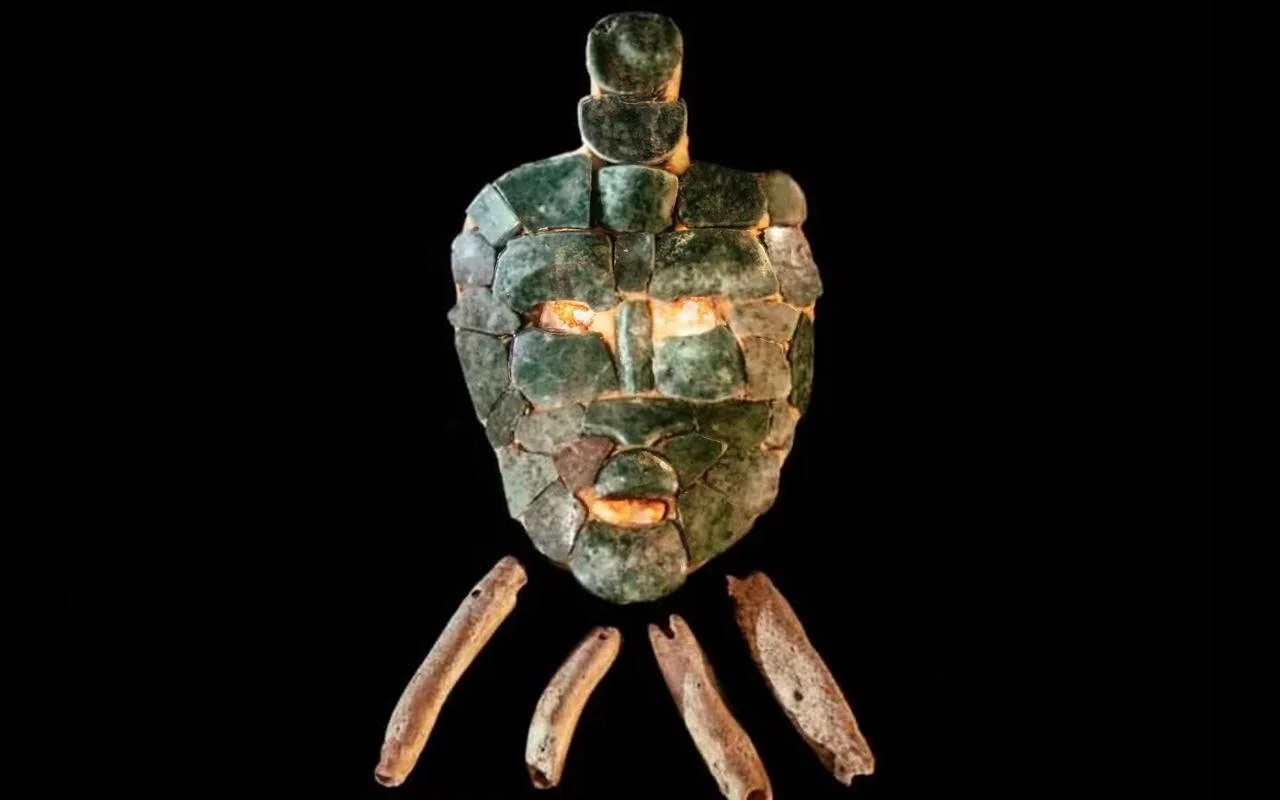
At a little-known historical site from the Mayan Empire in Guatemala, the jade funerary mask of a great king was discovered by archaeologists.
In the country’s northeastern state of Peten, the city of Chochkitam, which dates to the Pre-Classic Period of Mayan history, was first discovered in 1909, but a chamber underneath the royal pyramid that had been missed by tomb robbers was identified using LiDAR.
A team from Tulane University in Louisiana and the Univ. of Alabama, along with Guatemalan representatives and scientists, then began excavating the chamber and discovered a treasure trove of continental significance.
Inside were a human skull, a stone coffin-like box, other human bones carved with hieroglyphs, funerary offerings of oyster shells and ceramics, and pieces of jade which when placed together formed the stunning mask seen above.
“Everything suggests to me that this was a Maya king who was part of a network of Maya royalty in the sphere of influence of Tikal and Teotihuacán,” said Francisco Estrada-Belli, a professor at Tulane University, speaking with Nat Geo.
Alexandre Tokovinine, a University of Alabama epigraphist, deciphered the hieroglyphs on the bones and found they contained the name “Itzam Kokaj Bahlam,” which is believed to be the name of the king who ruled Chockitam nearly 1,700 years ago.
YOU MAY ALSO LIKE: While Building New Industrial Park Crew Stumbles on ‘Remarkable’ 1,400-yo Ruins of Maya City
It’s believed the mask was an object used in royal ceremonies when the king would adopt the persona of the storm god worshiped by the Maya. One of the bones was carved with the depiction of the king holding a head of similar dimensions to the mask.
Tokovinine and Estrada-Belli are training a team of Guatemalan archaeologists for the task of continuing excavations, which have been ongoing since 2019.
MORE MAYAN DISCOVERIES: Hundreds of Mayan Cities and Towns with Ball Courts and Roads Discovered in LiDAR Survey in Guatemala
Far from the Mayan heartland in Mexico, Chockitam is now the center of a usurping theory about the nature of royal society in the Mayan empire which posits that Mayan royal custom and character were heavily influenced by the ruling dynasties of other centers of power in Mesoamerica at the time.
SHARE This Incredible Discovery In Guatemala On Facebook…




















